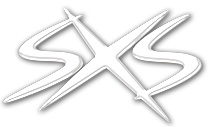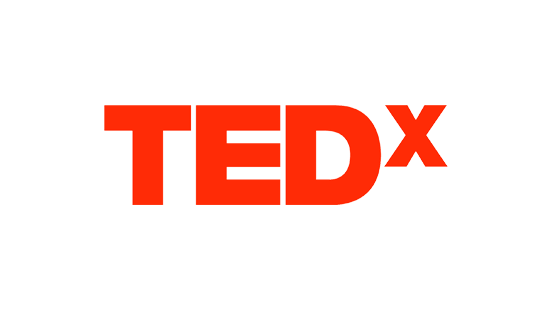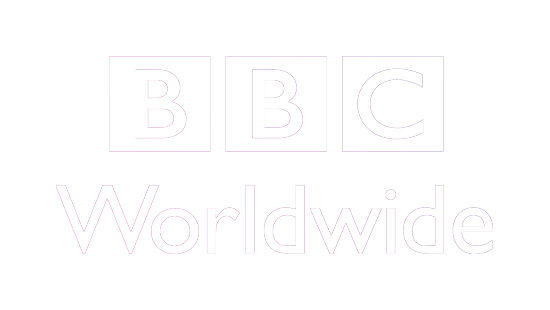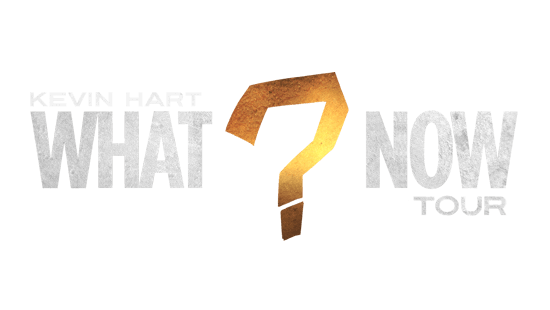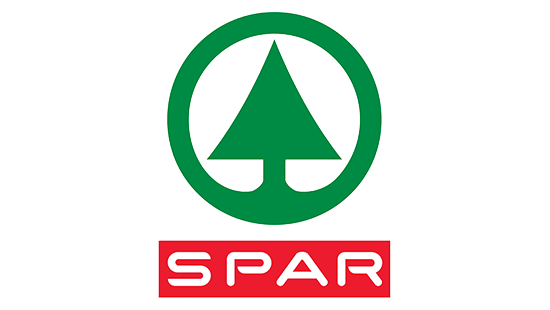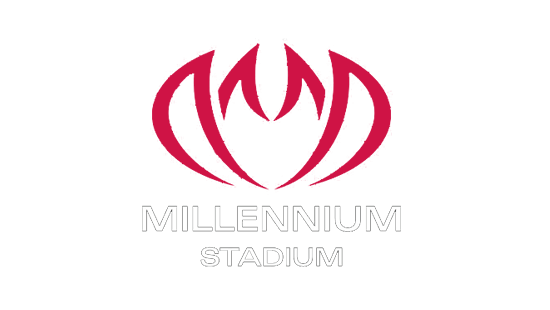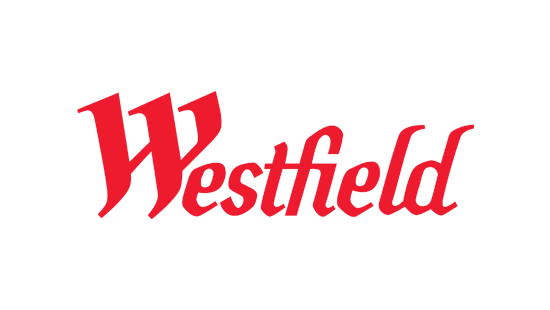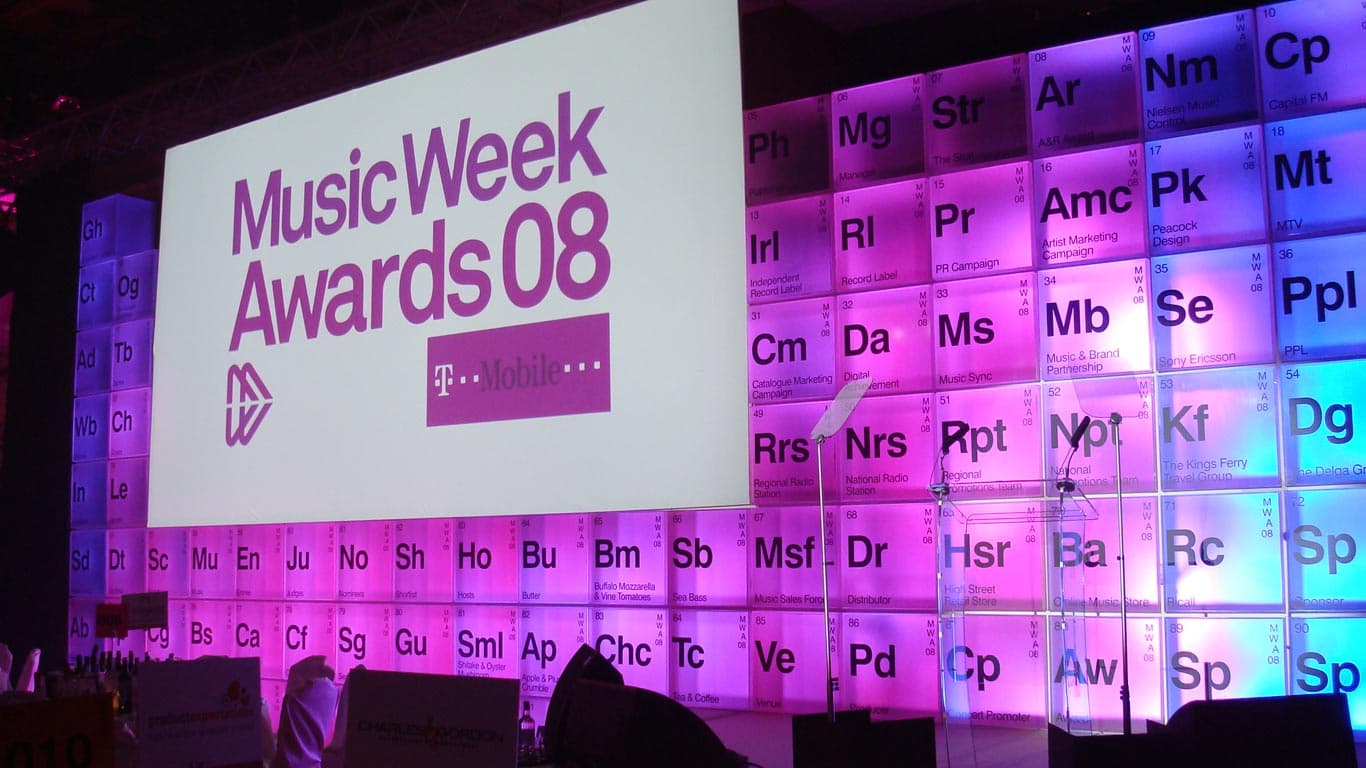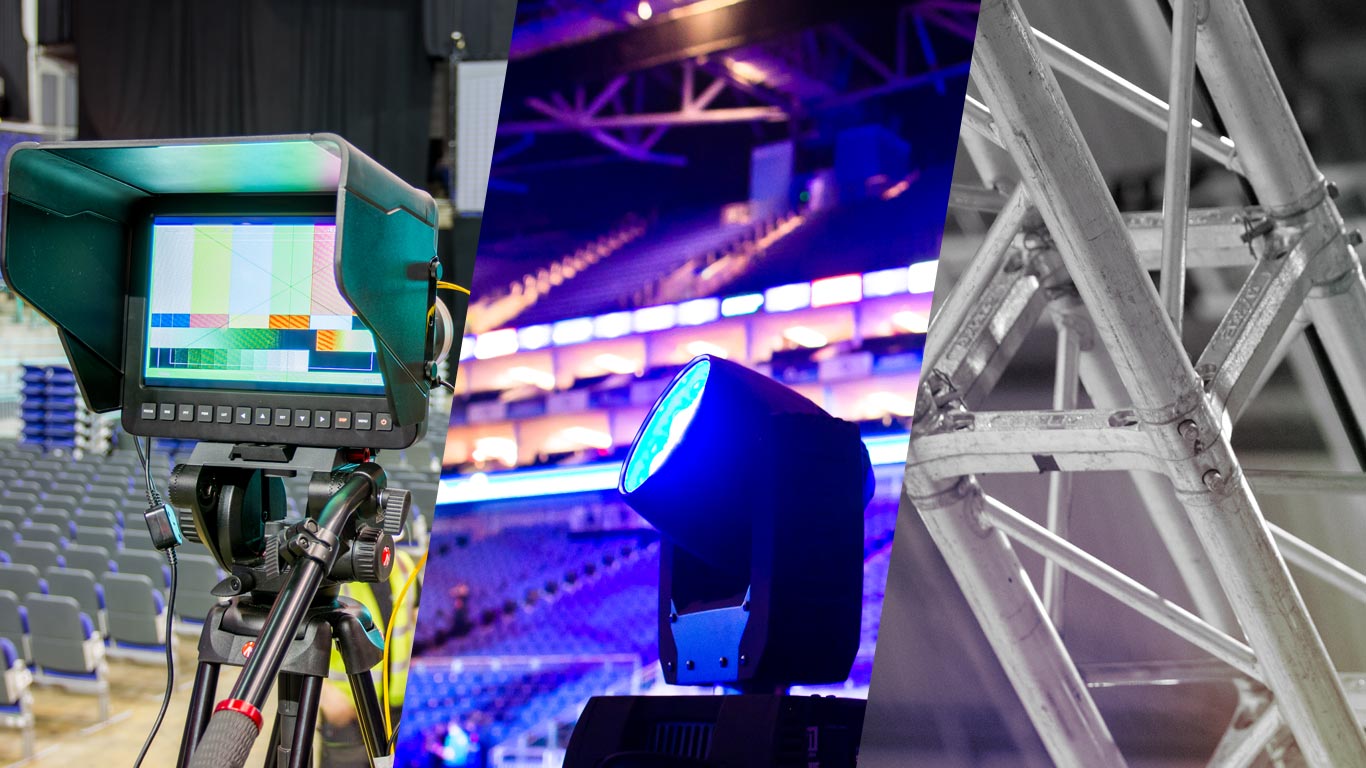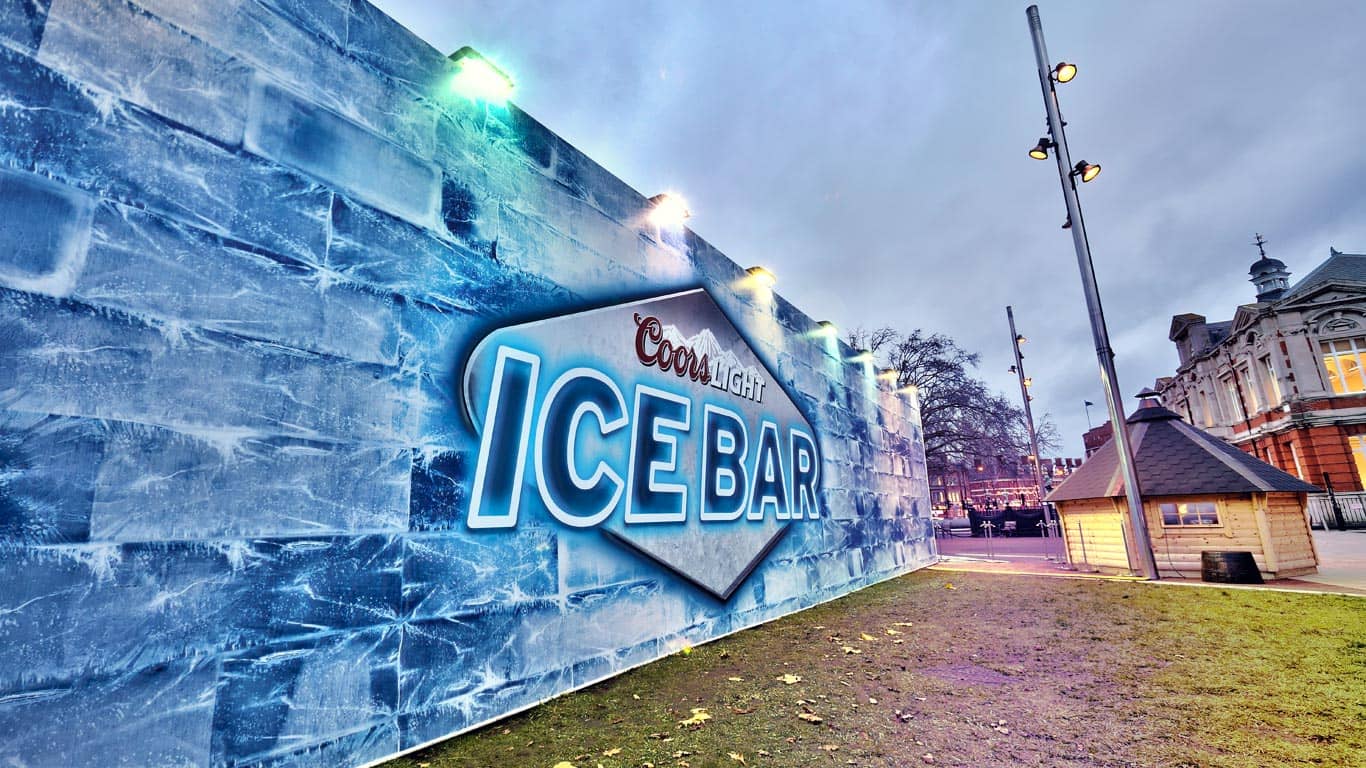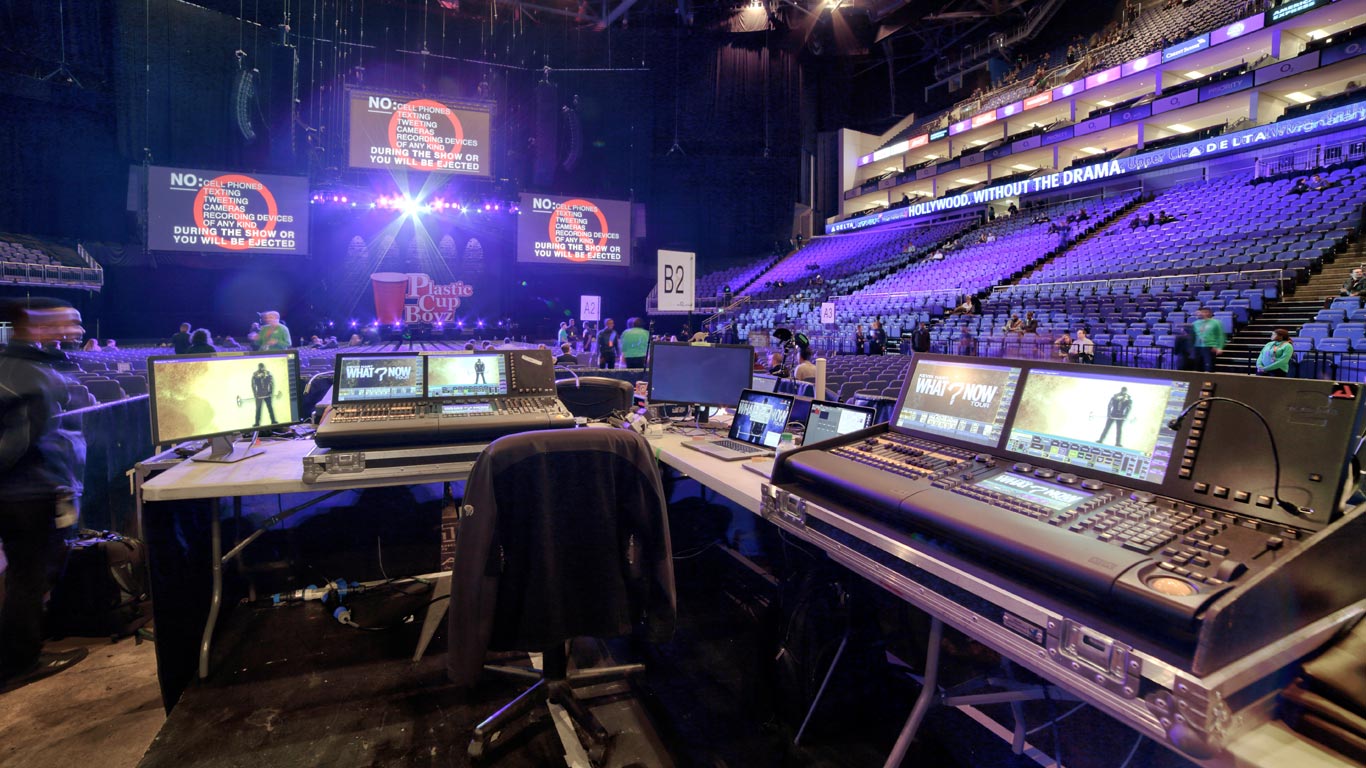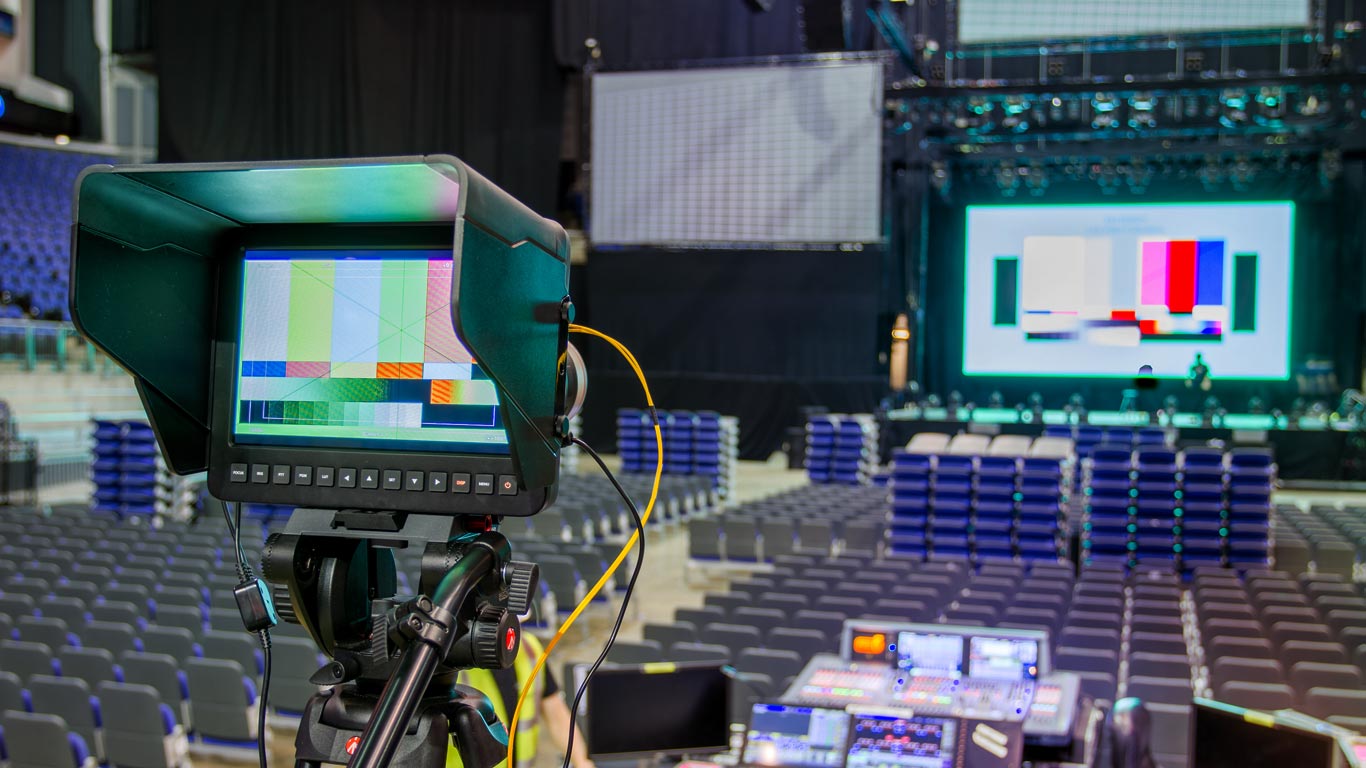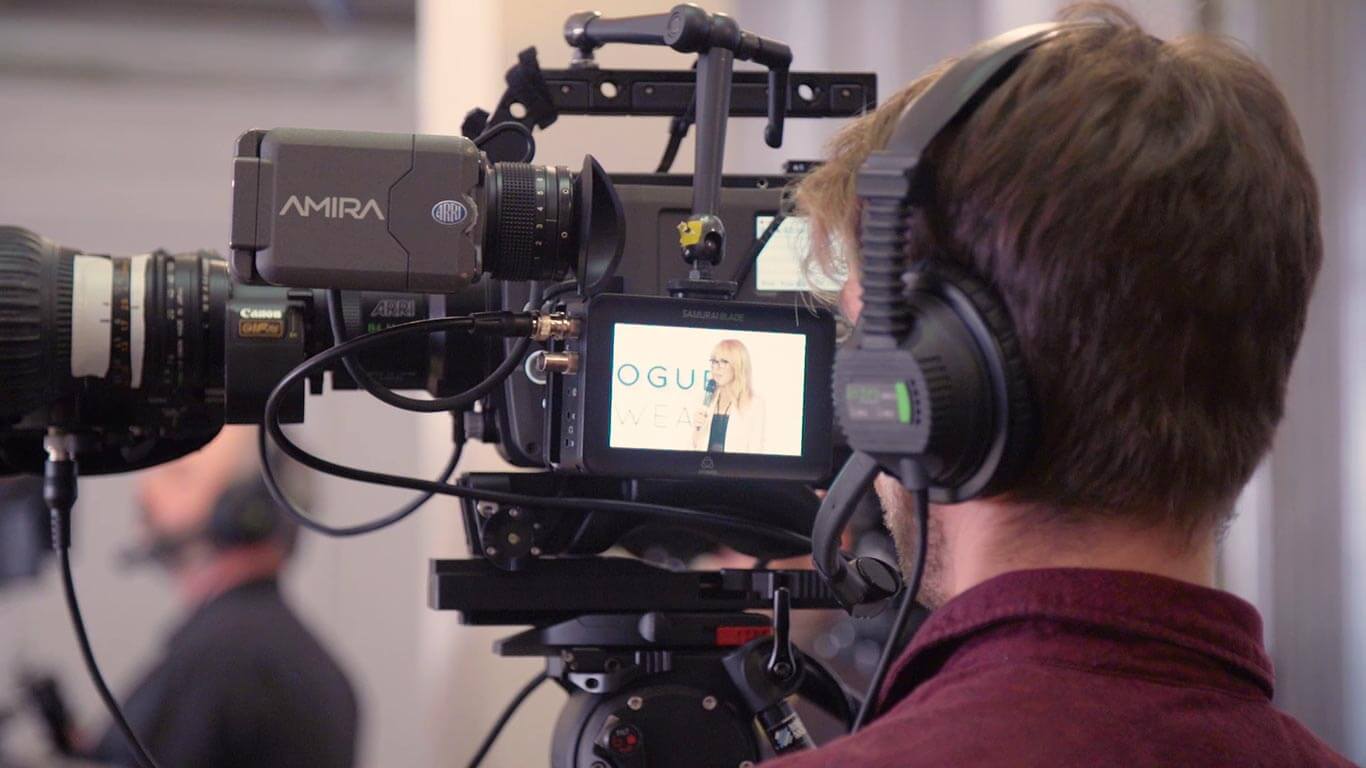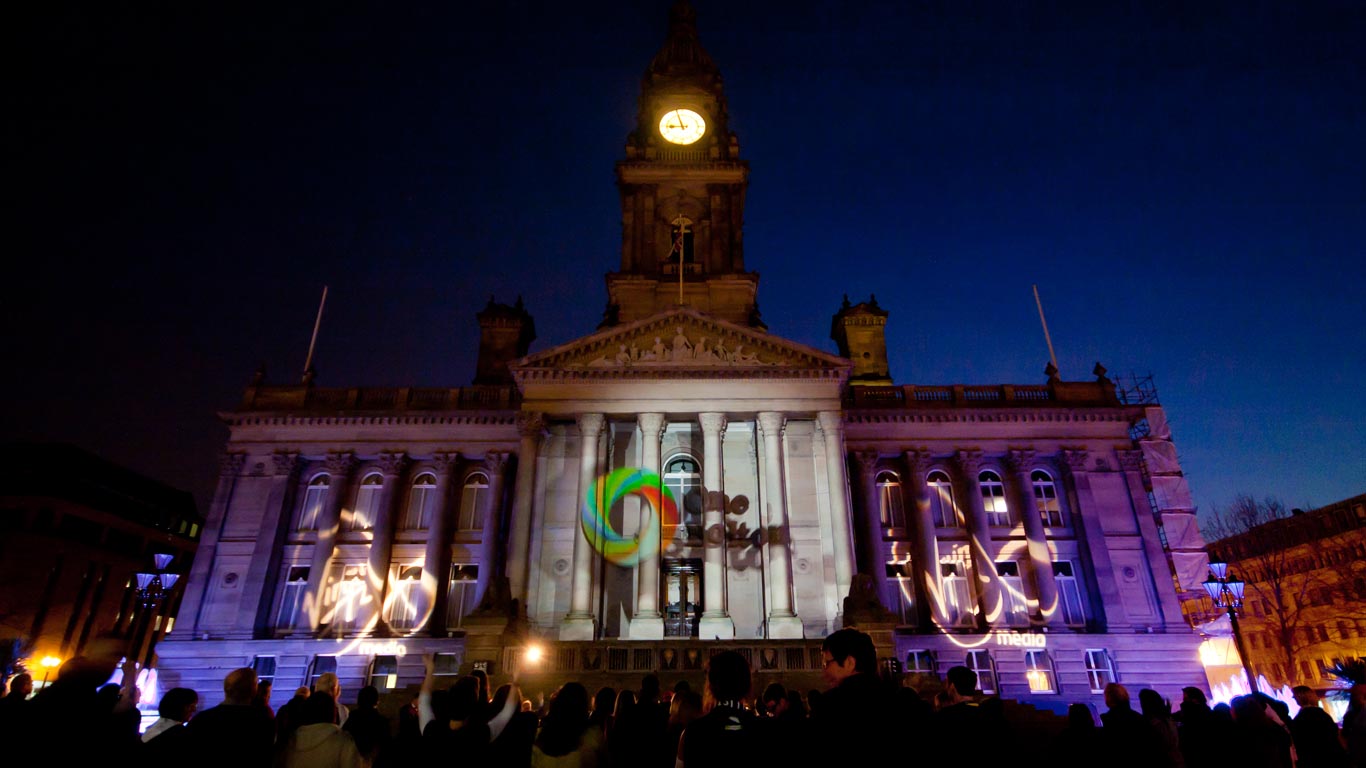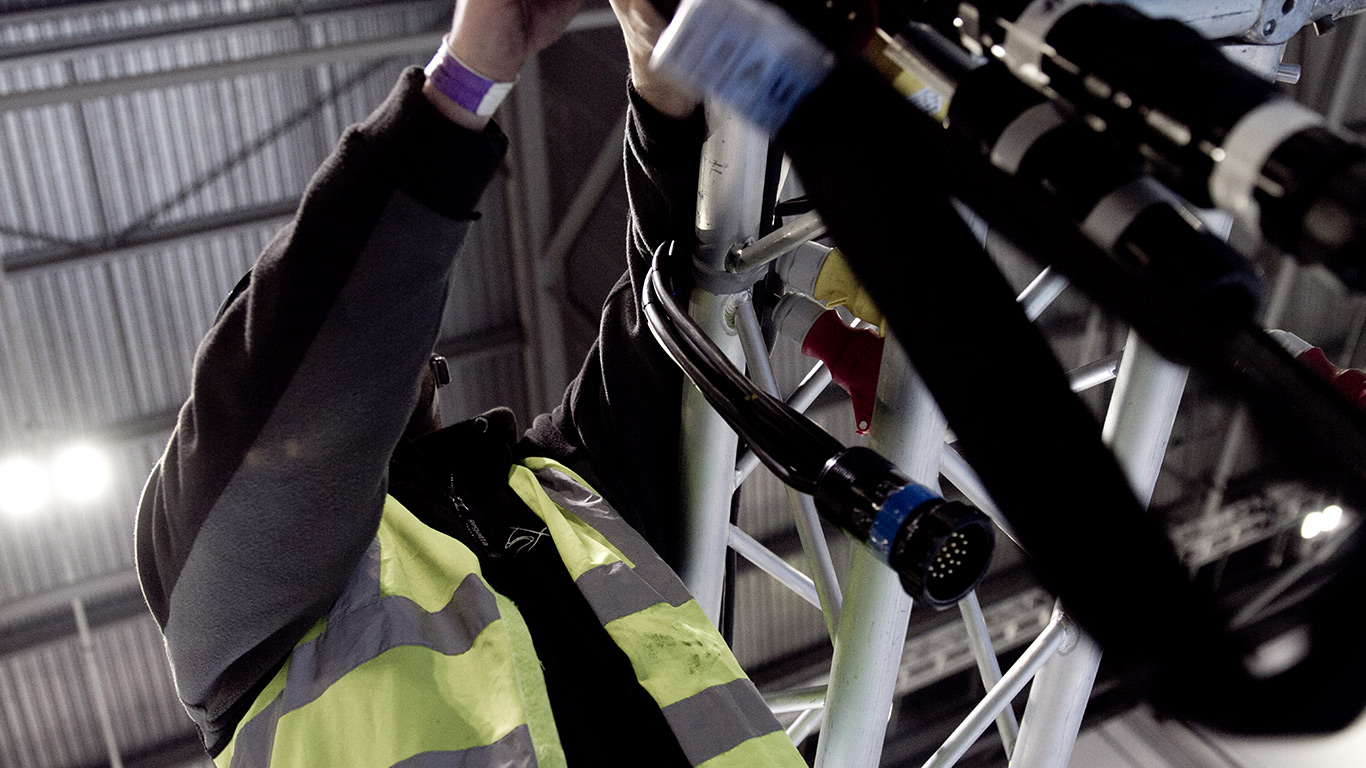How to write formal business emails
Today I received 185 emails. About 40 of these were trying to sell me products to improve my sexual performance and invitations to do complex funds transfer deals with Saudi and African princes - neither of which are something that I am in need of at present.
There were also about 30 spam emails and newsletters - the rest were legitimate work emails from clients, suppliers and colleagues.
In a moment of clarity it occurred to me the absurdity of the sheer quantity of emails we deal with in a day. This led me to think that we must do something about this. As with most business challenges I decided to do a cellular analysis of each element of the problem to try and gain an understanding of what can be done.
Effective email management
What can we all do, no matter how small, to reduce our email volumes?
The good news is that most emails are unnecessary. The bad news is that there are many, many things people need to change to reduce email volume. In this article I will share my findings in a 'how to guide' format. I hope that this will become a useful manual for people. It will certainly be something I will be sharing with colleagues as well as using as a training tool for trainee producers in my own company.
Always put yourself in the position of the reader. This will prevent you from rambling and becoming uninteresting. How often have you stopped reading an email and junked it because you can't be bothered to continue reading a boring monologue?
Composing formal business emails
The subject line
All too often this is left unchanged and the text in here relates to an out-dated topic or even a completely different matter/project. Keep the subject line up to date. Better still; make sure you change it for every email that goes out.
Language
The language of your email must be simple and short. Contrary to popular belief, complicated, long-winded and verbose writing does not impress the reader.
Hi, Hey, Hello and Dear
Open your email in a form that is most appropriate to your audience. I am a "Hi" kind of guy. This bit doesn't matter. But what does matter is who you are addressing, especially when there are multiple recipients.
"Hi, I am writing about..."
who are you referring to? Who needs to read this? How does the recipient know this is for them? Always address specific people.
Examples
"Hi John, I am writing about"
Much better! But what about the other recipients? If you do not refer to them they can assume they are being CCd by way of a casual and unimportant update which might mean they don't read it fully.
"Hi John (CC Barry and Sarah), I am writing about.."
This makes it clear that this is primarily for John but you want/need Barry and Sarah to also read it and possibly add their thoughts.
If the email is of equal importance to all recipients make sure you list all of them.
The purpose of the email
Many emails are drivel and the purpose of them is unclear. Start every email with why you are writing. This helps the recipient(s) prime themselves for the information you are going to deliver. This also gives them the opportunity to recall previous communication, open project files, view recent images etc.
So always start an email with a clear statement of purpose:
"Hi John, I am writing about the transport logistics for the Japan project and need your advice/input/thoughts on the matter of Carnet ATAs"
Before writing effective correspondence you must be clear yourself on why you are writing it "“ if you cannot be clear you need to question why you are writing it at all!
Points
It is important to remember that, much of the time; email is a type of formal communication so being clear and concise is important. Aim to write your email in specific points in order to allow the recipient(s) to consider each one in isolation. The points should be separated either by actual bullet points or paragraphs. Do not use words unnecessarily. Keep each point short and punchy or the reader will quickly become bored.
In a group email it is important to be clear on who needs to respond to each point. Do this by simply starting the point with their name:
"John, please advise on the state of play with the revised CAD files.."
If you find it hard to cover everything in clear bullet points you need to consider why "“ perhaps you are unclear yourself as to what the issues are? If so, perhaps a casual phone call is best?
Response line format and colour
It is common practice to add response lines to someone else's points of discussion. Many people make their response text a different colour to make it clear who wrote what. This is good practice. However, do not use red as it is an aggressive aggravating colour. I prefer blue.
If someone sends you bullet pointed topics make sure you respond to each one in turn and do not leave any out.
One email or two?
Often email trails get confusing as one email covers different projects or different departmental matters. If confusion is likely use multiple emails instead of one. For example if you are working on multiple projects with a recipient keep communication about each project separate; do not mix financial communication with engineering communication.
This could potentially increase the number of emails. However if we do this all emails are clear, precise and direct which actually saves time overall. Your reader should want to open your email when they see who it is from "“ you need your reader to associate your emails with being necessary important and easy to read as well as exciting if applicable.
Invite Corrections
Once you have made your points, raised questions etc it is important to invite the recipient to correct you, or share any information you may not have. So an email can include sentences such as "I hope that the above is in line with your expectations, but I invite you to let me know of anything I may have missed"
The call to action
A "call to action" is advice on what happens next. This is THE MOST important part of the email. All too often I get emails that are long, unclear and rambling which, after reading, I am still unclear as to what is to happen next.
Every email must finish with a call to action. A call to action should have an element of "you do that, I do this" to it. These don't necessarily need to be dictatorial instructions though, but often an invitation for collaboration.
See below for a range of examples:
"All I need from you is the revised drawing so that I can produce my revised quotation"
"As soon as we receive your remittance we will send out the equipment"
"Please let me know if you agree with the above points, or let me know the specifics of any areas I might be off the mark"
Spelling and Grammar
This is a very important part of any communication. The quality of spelling and grammar in any correspondence says a lot about:
- How important you think the communication is
- Your level of respect and regard for the recipients
- Your level of education
- Your attention to detail with regards to both writing and all other parts of your work
(I would find it hard to trust an engineer to design a safety critical solution if they can't be bothered to spell check their email)
- Poor grammar and incorrect spelling can often confuse an email as well "“ this can result in wasted time, frustration and unnecessary emails to clarify what the issues are.
I find that one of the main things that holds people back professionally is poor writing skills. To include a person at a senior level in projects it is vital that they have the core skills needed to demonstrate professional performance - writing properly is one such skill
Make sure you proof your emails (or ask someone else to do it!) and use a spell checker.
Email Footers
This is the bit of text at the bottom of the email that shares your full name, job title and contact details. It can also include other information such as profile information, links to social channels or other content.
These are very important as having them often helps avoid emails trying to get contact details.
I also believe that by providing your contact details to a recipient you are demonstrating transparency and accessibility which can help build a trusting relationship. It is very important that your job title is clearly stated underneath your name. This is particularly important if you are writing your email to somebody for the first time.
Make sure your email client, webmail and phone email all have a footer, even if basic.
About the author
This article was written by Johnny Palmer. Johnny is a UK-based entrepreneur with interests in international live events, marketing, engineering, manufacturing and commercial property.
Johnny's main business is SXS Events who are a provider of high-end live event production, creative, technical and engineering solutions throughout Europe.
Related resources and articles:
Efficient Stage Management >>
Efficient stage management is crucial to the success of your event. I have written this article to help you learn the basic principles of stage management, learn some techniques, and understand some common mistakes.
How to write a creative brief >>
A brief is an outline of what outcomes are required from a project. Briefs generally invite dialogue, collaboration and even disruption to establish the right outcomes. In the case of a brief, different providers may approach it differently.
Advice on using powerpoint for presentations >>
Although a common piece of software, people often make simple mistakes that can have effects ranging from a poor presentation right through to cancellation of a conference.
Efficient meeting management and conduct guidelines >>
Meetings can be a horrible waste of time and sometimes people leave being more confused before they entered. Or they can be hugely informative, help to build relationships and ensure everyone knows what is expected of them.
Budgeting for events >>
This article is all about budgets, how to use them, and the concept of 'value', in the true meaning of the word.

